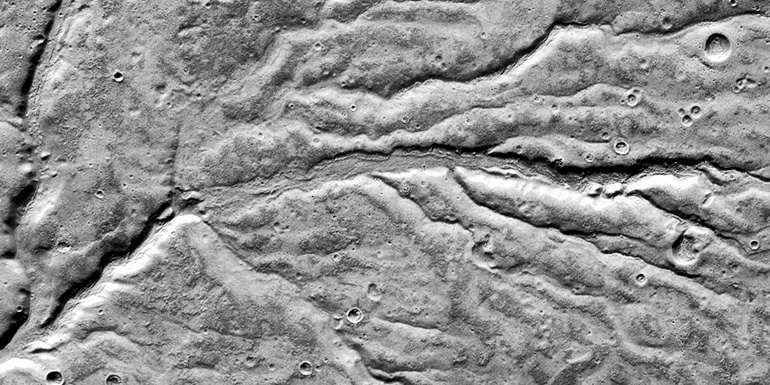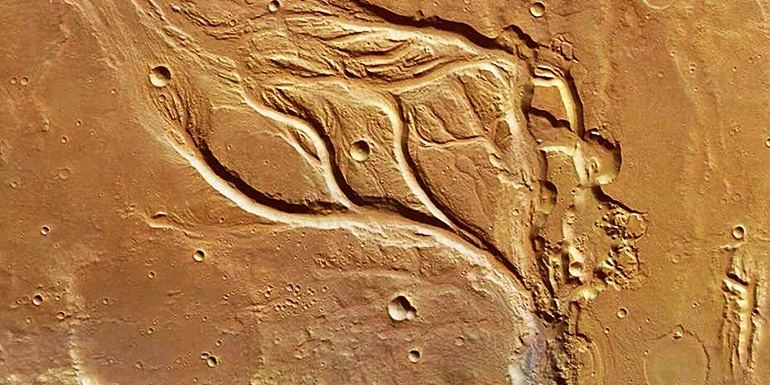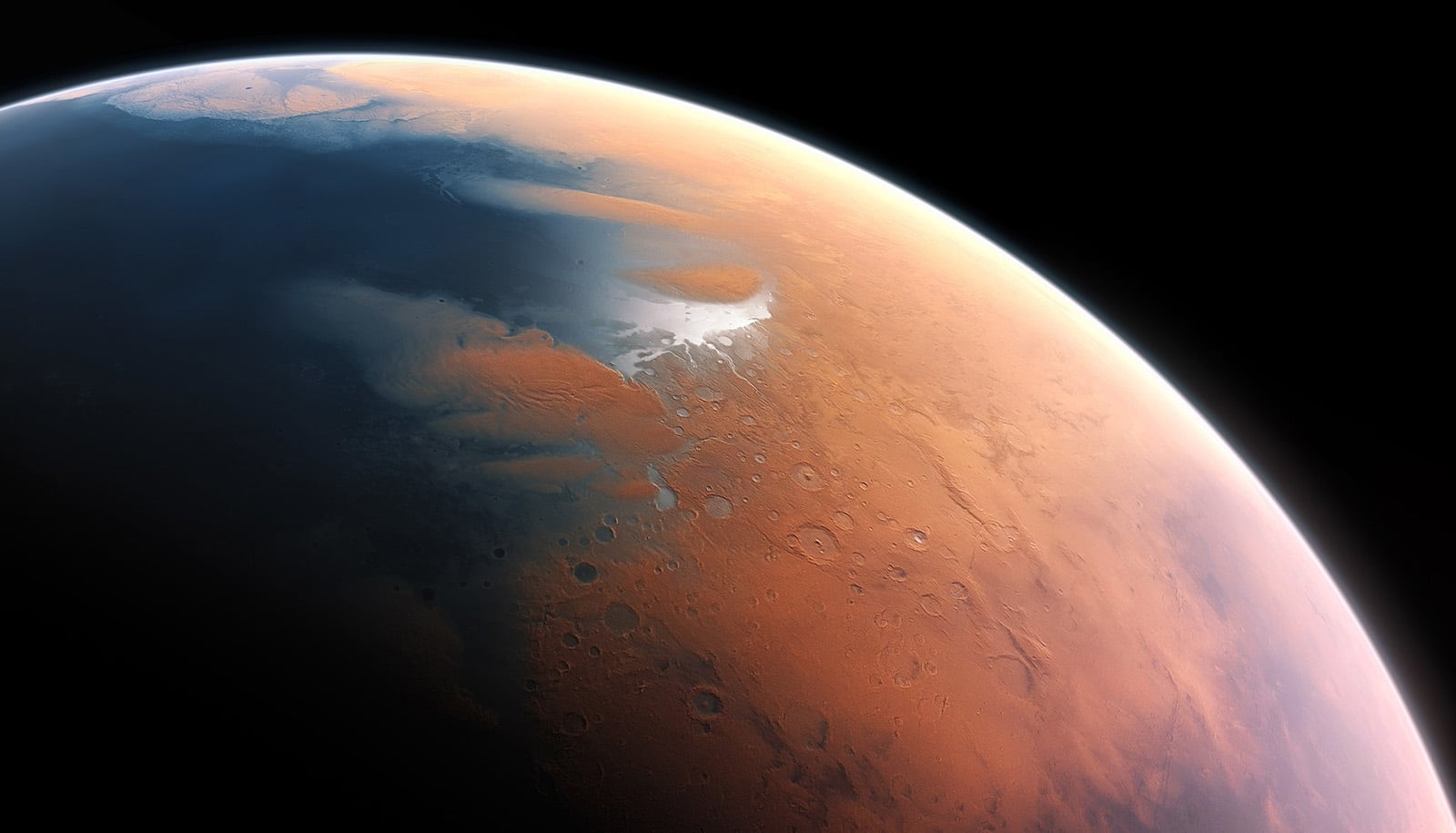Heavy rainfall may have formed the valley networks on Mars that bear a strong resemblance to those in arid landscapes here on Earth, according to a new study.
Scientists have thought there must once have been enough water to feed streams that cut channels into the subsoil, but the origins of the water have been a matter of debate for years.
Was it rainwater that caused streams and rivers to swell? Or did ice in the soil melt due to volcanic activity, and seep out to form rivers? The two scenarios lead to completely different conclusions about the climatic history of the red planet.

As reported in Science Advances, a study of all the mapped river valleys on Mars come down on the side of the contours being created by surface run-off of (rain)water. The researchers exclude the influence of groundwater or melt water from the soil as a dominant process for shaping these features.
There must have been sporadic heavy rainfall events on Mars over a prolonged period of time with the rainwater running off quickly to shape the valley networks, says lead author Hansjörg Seybold, a physicist at the Institute for Terrestrial Ecosystems at ETH Zurich.
That’s how river valleys develop in arid regions on Earth. For example, in Arizona, researchers observed the same valley network patterns in a landscape where astronauts train for future Mars missions. Valleys in arid regions fork at a narrow angle.

Because the branching angles on Mars are comparatively low, the influence of groundwater seepage on Mars can be ruled out, Seybold says.
River networks that re-emerging groundwater strongly affects, like in Florida, for example, tend to have wider branching angles between the two tributaries and don’t match the narrow angles of streams in arid areas.
Did enormous volcanoes lead to oceans on Mars?
Conditions like those found in terrestrial arid landscapes today probably prevailed on Mars for only a relatively short period about 3.6 to 3.8 billion years ago.
In that period, the atmosphere on Mars may have been much denser than it is today. “Recent research shows that there must have been much more water on Mars than previously assumed,” says Seybold.
One hypothesis suggests that the northern third of Mars was covered by an ocean at that time. Water evaporated, condensed around the volcanoes of the highlands to the south of the ocean, and led to heavy rainfall there. As a result, rivers formed, which left the traces that can be observed on Mars today.
Flowing sand, not water, left ‘dark streaks’ on Mars
The big question: Where did the water go?
“It’s likely that most of it evaporated into space,” Seybold says. “Traces of it might still remain in the vicinity of Mars, but this is a question for a future space mission.”
Source: ETH Zurich



